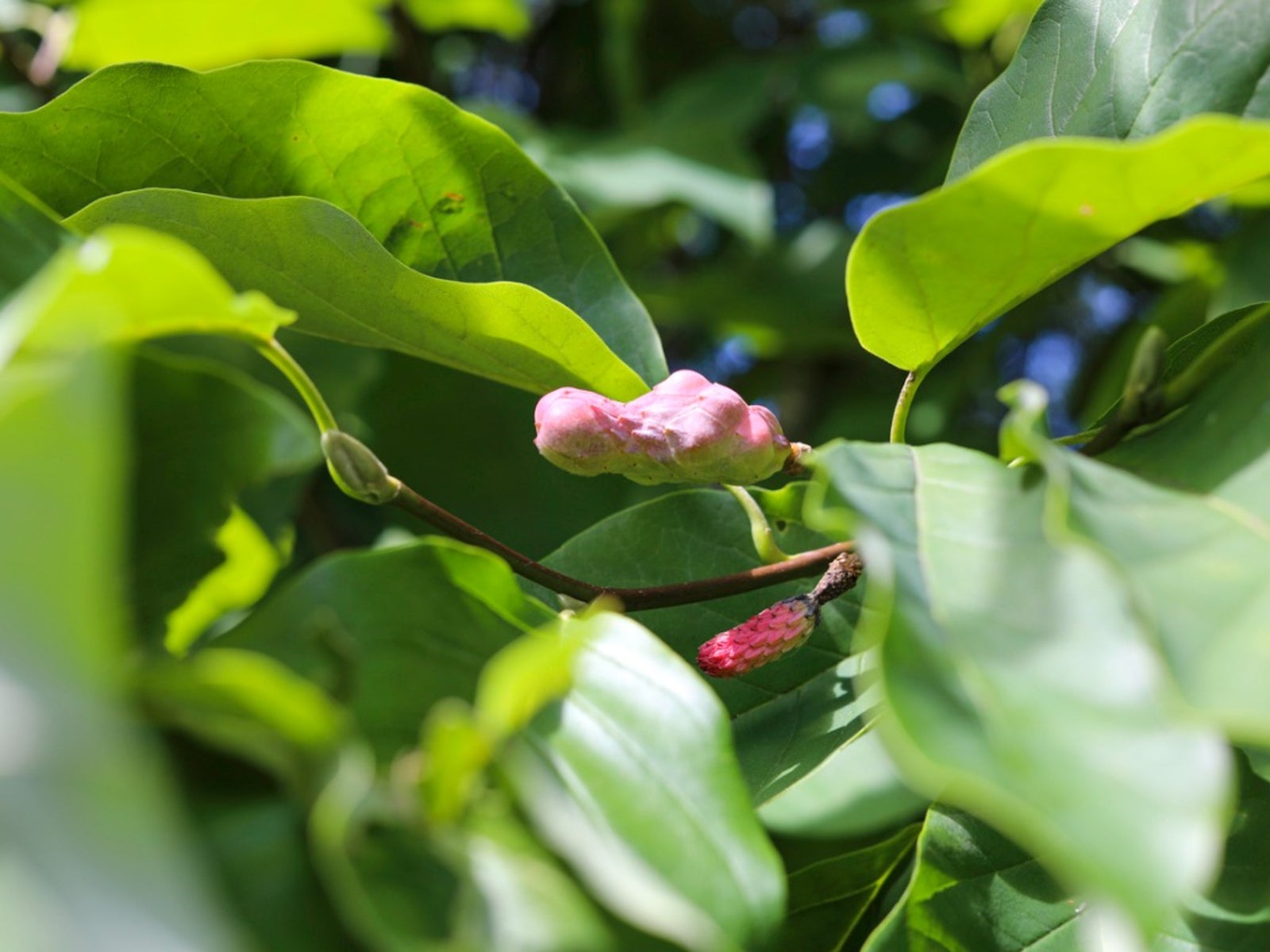
Most of us are familiar with magnolia trees with their beautiful, unique flowers. They are named after the French botanist Pierre Magnol, who established the Montpellier Botanical Gardens, and comprise a large genus of 210 species in the family Magnoliaceae. Amongst these we find cucumber tree magnolia. What is a cucumber tree and what are the requirements to grow cucumber trees? Read on to find out.
What is a Cucumber Tree?
Cucumber tree magnolias (Magnolia acuminata) are hardy varietals grown more for their foliage than their blooms. This is because the three-inch (8 cm.) long flowers are yellow-green in hue and tend to blend in with the trees foliage. These trees are stately as adults, especially when the lower limbs have been pruned to prevent them from dragging.
Cucumber Tree Characteristics
This fast growing, hardy magnolia is pyramidal in its youth and gradually matures into more of an oval or round shape. The Kentucky native is also found scattered in deciduous woods throughout the Eastern United States, where the trees can attain a height of 60-80 feet (16 m. to 24 m.) with a span of 35-60 feet. (10.5 m. to 16 m.) Cucumber tree magnolias are winter hardy to USDA zone 4. Another cucumber tree characteristic is its large trunk, which can grow up to five feet (1.5 m.) thick and is used as “poorman's” walnut much like its cousin the tulip poplar. It is an excellent shade tree with distinctive fruit cones and channeled bark, a rarity amongst American magnolias.
Cucumber Tree Facts
Cucumber tree cultivation began in 1736 introduced by the Virginia botanist John Clayton. Seeds were then sent to England by the English naturalist John Bartram, which brought the tree to the attention of the botanist Francois Michaux, who traveled to North America in search of additional seeds. Other cucumber tree facts enlighten us as to the trees use medicinally. Early Americans flavored whiskey with the bitter, immature fruit and certainly used it “medicinally” as well as recreationally.
How to Grow Cucumber Trees
Cucumber magnolias need large, open spaces to accommodate their large size and are, therefore, suited for parks, large residential areas and golf courses. This magnolia varietal prefers full sun, but will tolerate partial shade and needs deep, moist, well-draining soil -preferably slightly acidic. Pollution, drought and excess moisture will adversely affect tree growth. The most common cultivars are hybrids, a cross between cucumber tree and a different magnolia species, and are smaller. These include:
- ‘Elizabeth,' with ivory-yellow flowers at 15-30 feet (4.5 m. to 9 m.) tall
- ‘Ivory Chalice,' which is similar to ‘Elizabeth'
- ‘Yellow Lantern,' with creamy yellow blooms at 25 feet (7.6 m.) tall
For the most part, cucumber trees are pest free, but occasional issues with scale insects and sassafras weevils may occur.
Sign up for the Gardening Know How newsletter today and receive a free copy of our e-book "How to Grow Delicious Tomatoes".

Amy Grant has been gardening for 30 years and writing for 15. A professional chef and caterer, Amy's area of expertise is culinary gardening.
